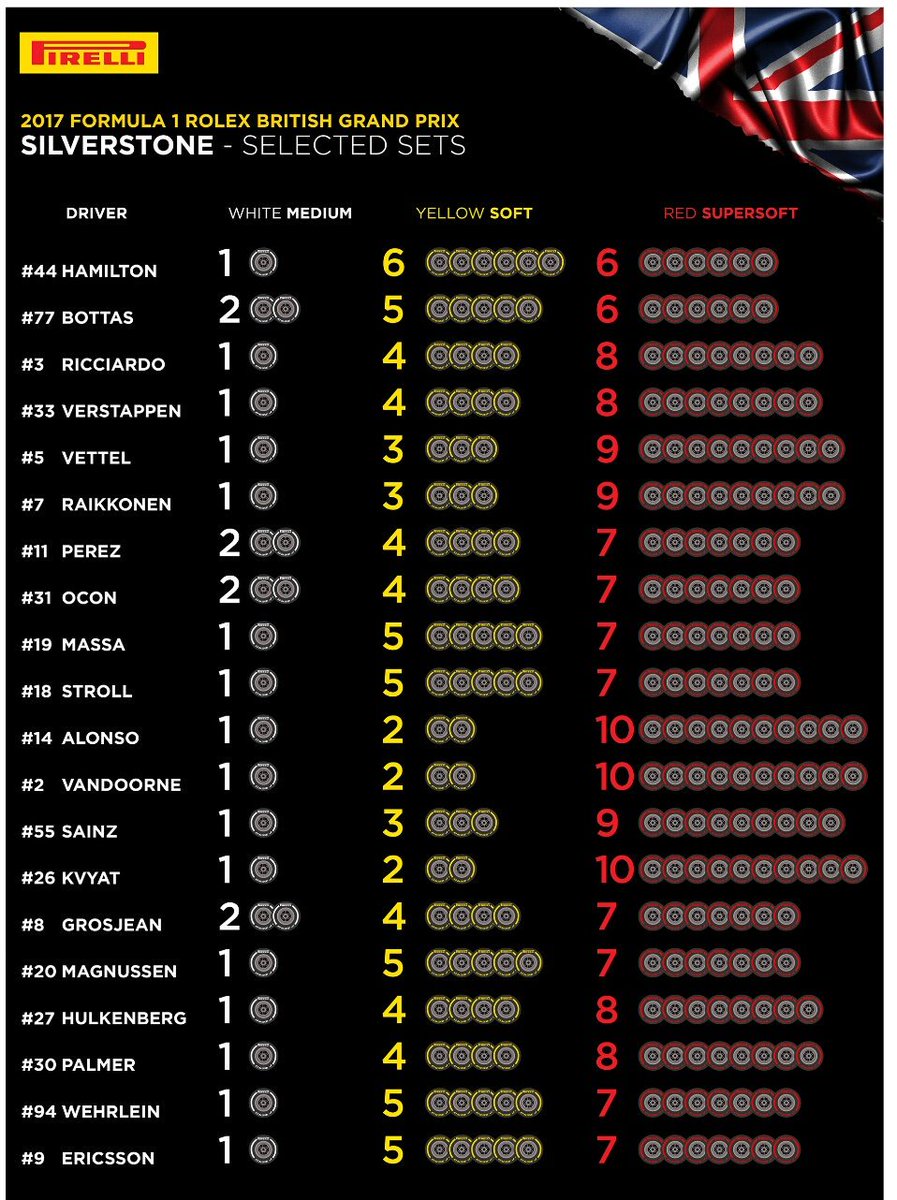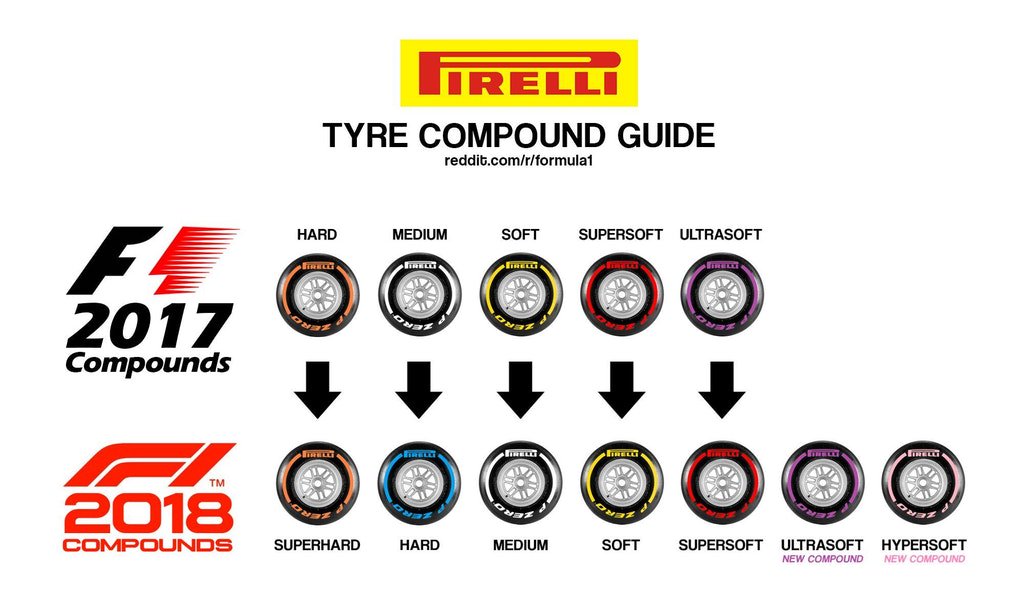"An American driver [In F1] would be great, but he needs to be successful," Haas F1's Guenther Steiner told the press at last month's United States Grand Prix.
"I'm not saying that Josef [Newgarden] would not be successful, but you cannot just jump in. It's different when you jump into Le Mans from Formula 1. When you come from another series to jump into Formula 1, it is difficult.
"The pressure here is tremendous. After three races if you don't deliver, you know what you are - an idiot, and you need to leave. To put an American [onto the grid] and make him fail is not good for him, it is not good for F1 in America and it is not good for us. We need to be sure that he can succeed."
Steiner's never been one to mince words: in the past few weeks alone, he's told Romain Grosjean to "shut up" over the radio when the Frenchman was complaining about the state of his tires in Mexico, and suggested that Nico Hulkenberg was "childish" and "a bully" for trying to convince the stewards in Hungary to increase the penalty given to Kevin Magnussen after the pair clashed during the race.
But does he have a point? How hard would it really be for a regular IndyCar frontrunner to establish a place for themselves on the Formula 1 grid? (We're talking purely in terms of skill – for our purposes, budget isn't part of the equation). In the quest for an answer, a driver with recent experience of both disciplines seemed as good a place to start as any. And while Alexander Rossi agrees that there would be some adjustments required, he's not convinced that the fundamental complexity of Formula 1 would be as big a barrier as some might expect.
"In terms of the essence of Formula 1, when everyone talks about all of the systems, and all of the different things that you have going on in terms of car management, and how big the team sizes are... I think all of that is really a plug-in-and-play type of thing," Rossi says.
"Anybody from IndyCar, or any other high level of motorsports, would be able to adapt to that. I don't think that would require any time whatsoever."
The one area that Rossi suspects a driver crossing over from IndyCar might notice a difference with regard to F1's relative complexity is when they head into the post-race debrief. While Andretti Autosport has 93 employees involved with its IndyCar program (of which a couple of dozen also work across the team's other programs), a competitive F1 team can have headcount three or four times larger, even if the driver might only deal with a fraction of those on a day-to-day basis.
"But 20 people is still a lot to talk to after each session," Rossi points out. "Say for example you get out of an IndyCar and you go and debrief in the engineering room, there's two guys on your car, and then maybe a technical director who is shared amongst the other cars. So call it two-and-a-half guys. And then you kind of just download everything that happened.
"Whereas in F1, you have a tire guy, you have an engine guy, you have a transmission guy, you have an aerodynamics guy, you have an electronics guy. And then you have your normal race engineer, your data engineer, the technical director... there's a lot of extra levels of debriefing that you go through in F1 that you don't necessarily have to do in IndyCar. So that's a little bit intimidating, but I don't think it's something that anyone who has won an IndyCar championship would have an issue with – I wouldn't say that Scott [Dixon], or Simon [Pagenaud], or Josef [Newgarden] would disseminate their information when they got out of an F1 car any worse than Fernando Alonso, for example."
So what would they find hard? The first real obstacle, Rossi believes, would be track knowledge. "In a sense, F1 tracks easier than U.S. tracks, because of how well built, and well maintained, and how smooth they are," he says. "But the thing is, you're going up against guys that have been racing on those tracks for 25 years."
The other – and in some ways more formidable – challenge would be the current generation of Pirelli tires, which Rossi says force a driver to forget essentially every fundamental that they'd ever been taught about carrying speed.
"The way that the Pirelli tire works demands an extremely different driving style to not only an IndyCar, but any other race car," he says. "The only car that has any similar characteristics is the Formula 2 car, and the reason for that is that they are on the exact same Pirelli tire. Formula 1 runs the same compound; the only thing that's different is the construction, because in F1 they use tire blankets and in Formula 2 they don't.
"You are going against instinct 100 percent, because everything that you're taught in a race car up to the point that you encounter the Pirelli tires kind of goes out the window. And it's weird to say that, but coming up through the ranks, you're taught so much about rolling speeds, and carrying speed through the corner, and really maximizing your lap time and your car performance that way - how smooth you have to be in order to do that. That's something you're taught from go-karts all the way through the entry-level formulas.
"And while those same types of characteristics apply, that's not how you get the time out of a Pirelli tire. It's all about doing everything in a straight line: you brake in a straight line, you accelerate completely in a straight line... the tire can't take combined forces. And in order to carry rolling speed, you're obviously asking for a lateral and a longitudinal force at the same time when you're accelerating through a corner. The Pirelli can't cope with that.
"Then on top of that, you almost have to under-drive the tire on certain parts of the lap. Take Barcelona, for example. It's so hard on the rear tires that even on a qualifying lap, you'll drive sector one – which is the first four corners – at something like 75 percent of the capability of the car, so that by the time you get to sector three, you still have enough rear tire left to put the power down out of two pretty slow-speed corners. And that's just the way of getting the lap time. It's a very counter-intuitive thing to do, on your one qualifying lap, to back off through Turns 1, 2 and 3, and hopefully save enough, while hoping not to lose too much time, to have tires left for sector 3 so you can complete the lap."
The final complication with the tires is that unlike track knowledge, it's not something that a driver can prepare for in a simulator.
"I've been in a lot of the different sims, from Red Bull to Ferrari to Williams, and none of them – at least up until 2015 – had a thermal tire model that was relevant," Rossi says. "You can learn the tracks, for sure, but actually getting the math right on a tire model to have thermal degradation in a virtual world is super-challenging. I never drove a sim that was able to adequately replicate that."
So in a sense, Steiner was right. A good IndyCar driver might find some aspects of Formula 1 awkward if they were dropped in at a moment's notice, just as Brendon Hartley initially did at COTA. Give them a bit of testing, and they'd be fine. But as Steiner also showed, convincing a team to give someone like a Newgarden that opportunity in the first place remains the greatest barrier of all.


